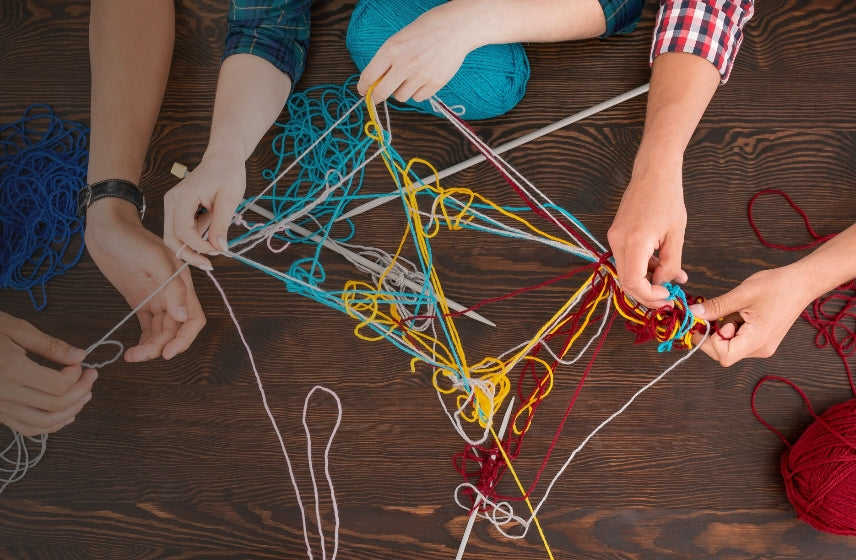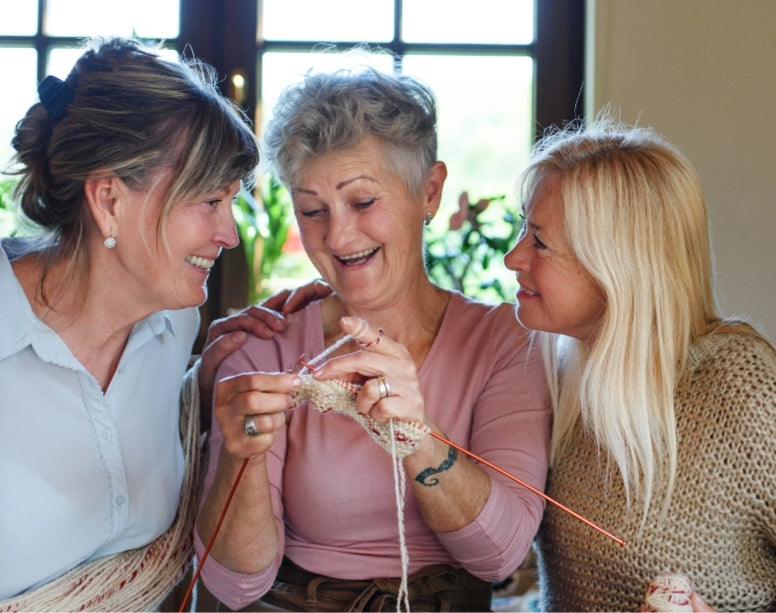

About Us
Quality that inspires
High quality standards in all shapes and colors, combined with relaxed shopping experiences, is our passion.
The satisfaction of our customers is of utmost importance to us.

Family & the love of wool
After 20 years of passionate dedication to wool and over 300 developed colors by Wollmeise, the reins were passed to son Tobias, who knows his parents' family business from the ground up and has been successfully running it since January 2023.
Our quality guarantee
Hand-dyed – Made in Germany
Over 300 brilliant colors
environmentally and skin-friendly
Excellent yarn quality
Wash and color fastness
At least 150 grams
Our Story
Behind the name Rohrspatz & Wollmeise are us: Claudia Höll-Wellmann, the Wollmeise, and Andreas Wellmann, the Rohrspatz. Since 2002, we have combined our creativity and passion in a joint venture, originally inspired by Claudia's love of wool and Andreas's enthusiasm for metalwork.
Claudia discovered her passion for unusual colors while knitting and began dyeing yarn herself. Inspired by nature, moods, and her own ideas, she has since created distinctive shades such as "Spice Market" and "Thunderstorm Sky." Quality and precision are her highest priorities.
Andreas contributed his experience as a master locksmith and dedicated himself to the design and construction of artistic pavilions and metal objects. Although he primarily supports Claudia's Wool World today, his eye for form, space, and creative garden design continues to shape the spirit of the company.
Thus, Rohrspatz & Wollmeise still combines two different but harmoniously coexisting worlds — and stands for quality, passion and creative freedom.

We are also there for you on site
Visit our shop and experience the world of Rohrspatz & Wollmeise up close. Here you'll find a wide selection of yarns in many qualities and colors, including treasures that are no longer available in our online shop. You'll also find matching patterns and individual Birdies yarns, perfect for browsing. Our shop is a meeting place for everyone who loves knitting and crocheting. Comfortable sofas provide space to chat, try things out, and linger. We're happy to advise you personally on choosing your projects. Come by with friends, enjoy a cup of coffee, and let our diverse colors inspire you.
Poststrasse 1, 85276 Pfaffenhofen/Ilm
Opening hours
Mon - Thurs: 8 am to 12 pm
Fri & Sat: 9 am to 2 pm
Sunday: Closed
Our sofas are always available for your knitting meetings on Fridays and Saturdays.


Subscribe to our newsletter – get 10% off!
IMPORTANT: After registering, you will receive an email (please also check your spam folder) with a link to confirm your newsletter subscription.
By registering, you agree to the privacy policy.
